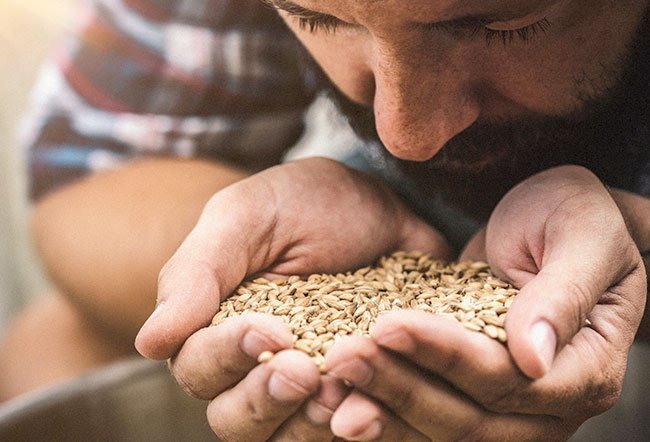
Despite new health claims, not everyone has to cut gluten out of their diet.
Gluten is a protein present in wheat, rye, triticale, and barley grains. Thus, barley is not gluten-free.
The following foods are manufactured from barley and have a high probability of containing barley. Therefore, read the ingredient list carefully.
- Beer
- Whisky
- Mugicha tea
- Canned or premade soups and stews
- Fructan
- Coffee substitutes or coffee-flavored powdered instant beverage
- Malt
13 alternatives to barley
Quinoa and wild rice are two of the best gluten-free grains. The following grains are naturally gluten-free and suitable for the gluten-free diet.
- Amaranth
- Arrowroot
- Buckwheat
- Corn (maize)
- Cornstarch
- Flaxseed
- Millet
- Quinoa
- Rice
- Sorghum
- Soy
- Tapioca
- Teff
What is gluten?
Gluten is a protein present in many carbs and grains. It could be present in several types of cereal, pasta, bread, and other foods.
- Gluten is frequently referred to as “naturally occurring glue” because it holds foods together and aids in their structural preservation.
- Gluten has a gritty odor reminiscent of corn starch and a stringy tongue feel reminiscent of extremely weak bubble gum.
What does it mean if a label shows gluten-free?
Gluten-free products must contain no more than 20 parts per million (ppm) of gluten. Products labeled “free of gluten,” “no gluten,” and “without gluten” must fulfill this criterion. Manufacturers are required by the U.S. Food and Drug Administration (FDA) to declare whether a product includes one of eight common allergens, including wheat.
To make it easier to identify gluten-free products, the FDA has issued optional labeling rules.
- They allow for the inclusion of the label if the product is manufactured from a naturally gluten-free grain, such as rice.
- If it has been treated to eliminate fewer than 20 ppm of gluten, it can be labeled gluten-free.
If a corporation passes the conditions, the label might be applied to the package. This can create questions about whether food is safe for someone with celiac disease. It is up to the person to determine whether to ingest it. So, while labeling is useful, it does not guarantee that a meal is gluten-free.
What are the risks of a gluten-free diet?
Most individuals with celiac disease, gluten sensitivity, and wheat allergy may tolerate tiny levels of gluten in meals with less than 20 ppm gluten, but the damage to the intestines may still happen at the cellular level.
Gluten-free diets are often lower in dietary fiber, folate, niacin, and vitamin B12. Individuals who maintain a gluten-free diet for an extended period should take extra efforts to ensure they acquire enough of these key nutrients.
Companies that make gluten-free products have the chance to help gluten-free diet followers satisfy their dietary demands by incorporating these nutrients in their products.
Latest Digestion News
Daily Health News
Trending on MedicineNet
Medically Reviewed on 7/15/2022
References
Beyond Celiac. Is Barley Gluten-Free? https://www.beyondceliac.org/gluten-free-diet/is-it-gluten-free/barley/
WebMD. What Is Gluten? https://www.webmd.com/diet/what-is-gluten
US Food and Drug Administration. ‘Gluten-Free’ Means What It Says. https://www.fda.gov/consumers/consumer-updates/gluten-free-means-what-it-says